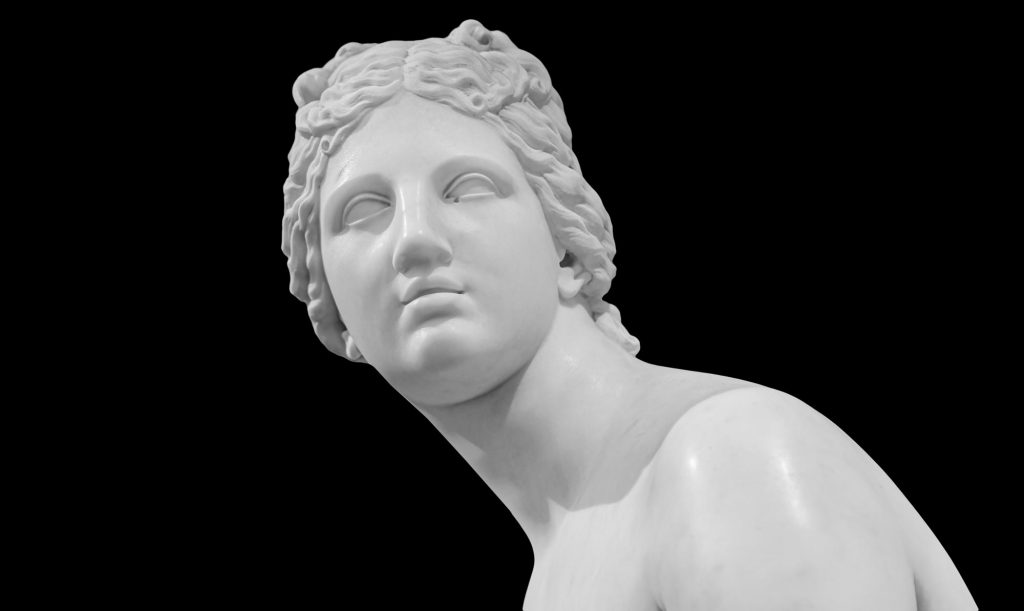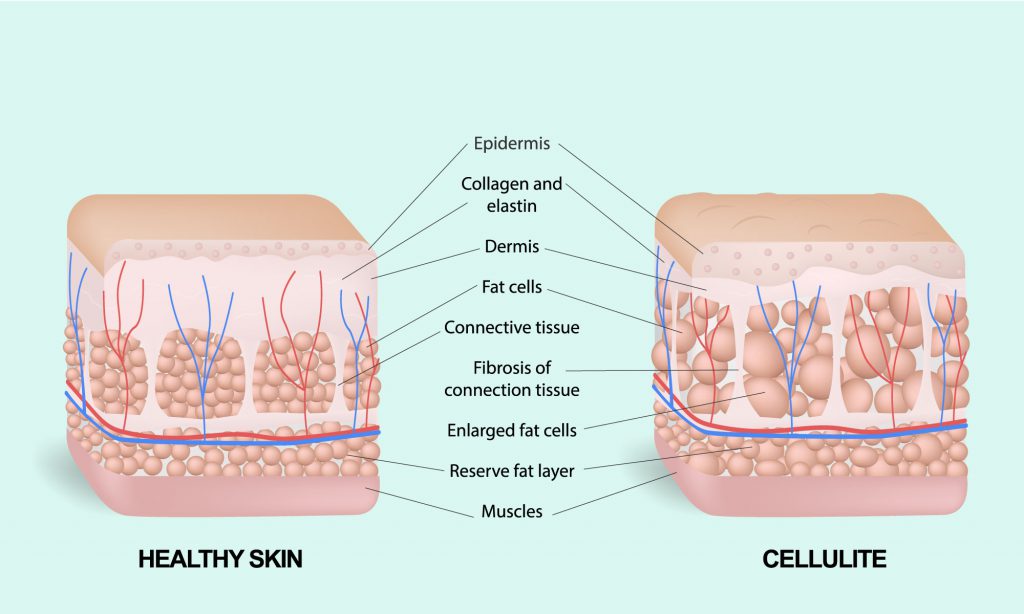A right to beauty

"When he had completed his thirtieth year, Zarathustra left his homeland and his native lake, and went up into the mountains where he rejoiced for ten years without tiring of it either in spirit or suffering from loneliness. But eventually, he had a change of heart; one morning he rose at dawn, he advanced towards the sun and said: Oh, great orb! What would be of your happiness if you did not have who to shine for? "
Friedrich Nietzsche , 1885
“Thus spoke Zarathustra”
Beauty has always fascinated man since ancient times, in all its different forms, with the involvement of philosophy, aesthetics and art in the unresolved debate of: “what in actual fact the concept of beauty is.” What is certain is that it does not exist in the absence of a subject who contemplates it, exactly as described in the introduction, the misunderstood masterpiece by the German philosopher with which I wanted to begin this article. Endless testimonies of the History of Art define absolute relativity of aesthetic standards, inevitably influenced in space and time, at least, concerning human beauty which, unlike starry skies, assumes a precise biological, adaptive, “teleological” meaning: what is the biological goal of beauty? The answer is simple, and linked to the continuity of life: just as the pollinating insects are attracted by the colour and scent of flowers, human males and females are attracted to the beauty of a potential partner: From the “attractiveness” of beauty arises the systematic use of images of beauty in commercial advertising and not only for cosmetic products.
The “beautiful” and complex neurological mechanisms that are behind this behaviour interact with other “pheromonal” biochemical components, representing a fundamental component, which is grafted with the “spiritual” element for the process of “falling in love” which has always been at the basis of social life and poetry. Nothing, however, is more wrong than limiting and circumscribing the beauty of an individual to his biological and procreative function. There is a “right to beauty” that does not and should not have age restrictions, in a society that wants to continue to define itself as “civil”.
For this reason, I felt it appropriate, after so many years, to resurrect a “political” proposal, dating back to 2004, when my brother, Prof. Antonio Guidi, was Under-Secretary of State for the Ministry of Health, after having previously held the position of Minister for the Family and Social Solidarity. This proposal unfortunately was never implemented but is still substantially valid, and I am transcribing it here word for word, hoping that it can provoke a reaction in those who govern us, or will govern us, as the “right to beauty” can and should be an essential foundation for the “quality of life” of each individual, regardless of gender, age and characteristics.
Project
For the creation of a ministerial commission for the regulation and protection of
professionals who are part of Aesthetic Medicine and Applied Aesthetics (June 8, 2004).
Introduction and reasons
The population of the most industrialized countries, and in particular Italy, is projected towards a progressive increase in life expectancy. The increase in average life expectancy cannot ignore the attention paid to living standards, lifestyle and quality of life. The standard of living indicates the potential of available resources, the style of life represents the ways in which available resources are used, while the quality of life expresses the result of such use. Therefore, it is possible that, as average life expectancy increases, it is accompanied by an increase in the quality of life but only if you manage to intervene adequately on lifestyle. Lifestyle is represented by a series of so-called “external” factors, i.e. non-genetic, which constitute all those elements that surround us in everyday life – in particular nutrition, physical activity, smoking, macroclimate, microclimate, microclimate in a confined space, ionizing radiation and stress. Recent studies conducted by the world-renowned anti-aging centre, the NIA (National Institute on Aging) of Bethesda, show how “external” factors are responsible for more than 70% of aging. In conclusion, considering the above factors, lifestyle improves and consequently the quality of life also improves slowing down the phenomena that cause us to age: living better and longer!
In the last few years Aesthetic Medicine (M.E.) has grown to become an undeniable reality both in the field of medicine and in a social context. M.E. is a multidisciplinary branch of medicine, which aims to build or rebuild the psycho-physical balance of the individual aimed at improving the quality of life. This is achieved through a very specific programme of work, divided into three phases: the diagnostic phase, the preventive phase and the
therapeutic phase, aimed at optimizing any functions found to be altered and at correcting
any imperfections present, using exclusively “official” methodologies and techniques (medical-surgical-psychological-physio/kinesi /therapeutic-cosmetic-spa). ME. is, basically, a preventive type of medicine, a medicine that “cures those who are in good health” and, as an integral part of anti-aging medicine has many points which converge with social medicine, aimed at achieving good health as an expression of physical and psychological well-being, maintaining a good quality of life, with the consequent reduction in the cost of national healthcare.
Offering to a broad social stratum of the population the possibility of taking advantage of the aforementioned diagnostic, preventive and corrective programmes represents a goal of great importance that, in recent years, has led to the birth of numerous centres operating in the field of aesthetic medicine and in that of its ancillary branches (cosmetic surgery, nutrition, eating disorders, physical fitness, posturology, psychology, cosmetology, herbal medicine, applied aesthetics, thermalism). The most visibly appreciable purpose concerns the improvement of all those performances of physical, aesthetic and psychic type,whose progressive decay leads to the loss of that precious physical and mental efficiency, frequently already noticeable after the age of 40. This is possible with accredited medical and paramedical methods in line with the concept of non-invasiveness since all investigations and treatments are aimed at healthy people!
Today the culture of wellness is very much present – and not only in our country – but unfortunately it is very often linked to inadequate and superficial information thatcan sometimes lead to ineffective or even harmful do-it-yourself remedies. The continuous appearance of self-styled spas involves on the one hand dangerous botch-ups by professional operators who are inadequately qualified and, on the other hand, a gradual levelling-off of this fundamental branch of medicine, which is likely to remain, in many areas of the country and the world, without any precise identity.
Therefore, it is appropriate that, alongside innovative national and international training programmes in the field (University Masters for doctors and University training courses for paramedical personnel), informative programmes are available through the organization of conferences and round tables also aimed at ordinary people. Using plain and simple language, this allows anyone who wishes, to have clearer ideas on numerous subjects (which are often incorrectly portrayed), concerning our lifestyle.
Goals
Create a ministerial commission made up of experts in the various relevant sectors, which has the function of identifying the best “guidelines” in the context of Aesthetic Medicine and its related branches and which, by means of benchmarks, regulates the correct use of the aforementioned “guidelines” by the various professional operators, thus providing protection to patients.
Furthermore, supervision on the various issues would be of fundamental importance
in professional updating, as well as information on the subject produced by the media.
The Commission should be established by accredited professional and institutional figures in the field of Aesthetic Medicine and its related branches and chaired by a representative of the Ministry of Health:
President (Ministry of Health)
Aesthetic Medicine (University Master )
Aesthetic Medicine (A.I.M.E.)
Cosmetic Surgery (A.I.M.E)
Dermatology (University and Master.)
Psychology (Master U.)
Thermal Medicine (Federterme)
Sports Medicine (University or CONI)
Nutritional Science (University or
Council of Nutritional Science)
Fonte: ND Natura Docet
EN Version
